Everything You Need To Know About Viking Funerals And The Afterlife
Like other cultures Vikings also performed some rituals of funerals and burials trying their hardest to send their friends, family or fallen comrades to a successful afterlife.
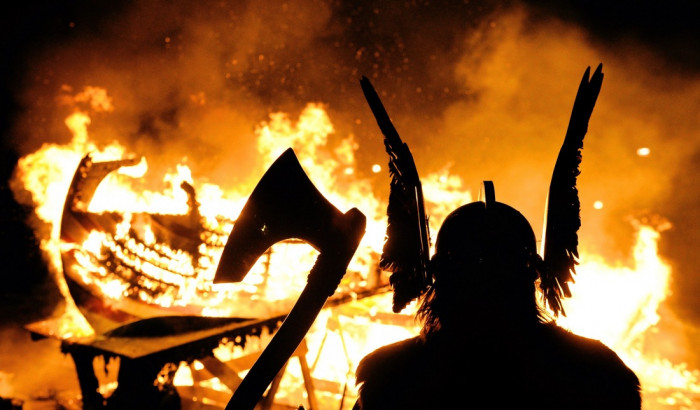
Vikings were Norse seafarers, mainly speaking the Old Norse language, who raided and traded from their Northern European homelands across wide areas of northern, central, eastern and western Europe, during the late 8th to late 11th centuries. They had strong beliefs regarding death and afterlife.
Out of nine realms, two realms in Norse mythology that were commonly associated with the religious practises of funerals and burials were Valhalla and Helheim. Valhalla was a place for fallen warriors and in opposite contrast, Helheim was for Viking people who had died from what was considered a dishonourable death. To die in bed of sloth, or to die of old age was not considered brave in old Norse times.
There Were Two Main Viking Burial Practises
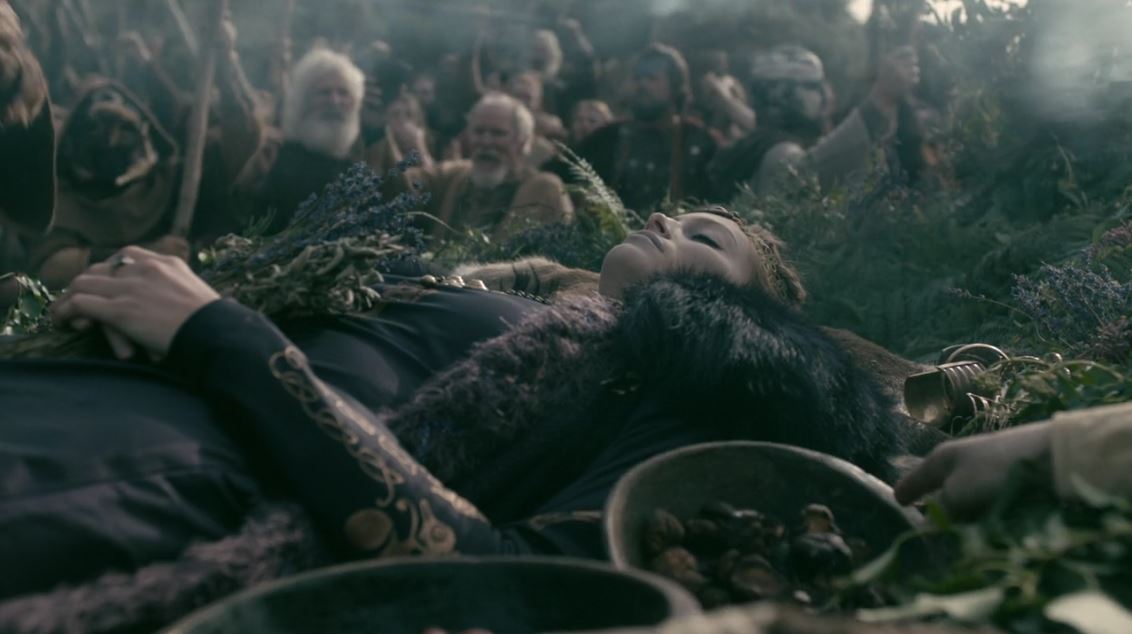
There are typically two common ways to bury the dead, and the Vikings did practise both at some point. The first method, cremation is to burn the body at temperatures so hot that flesh and bone would turn to ash, the ash could then be scattered, buried or sailed out to sea. The second, inhumation was to bury the body in its current state under the ground, and then either place earth, dirt or stones on top of the body.
Cremation Funeral
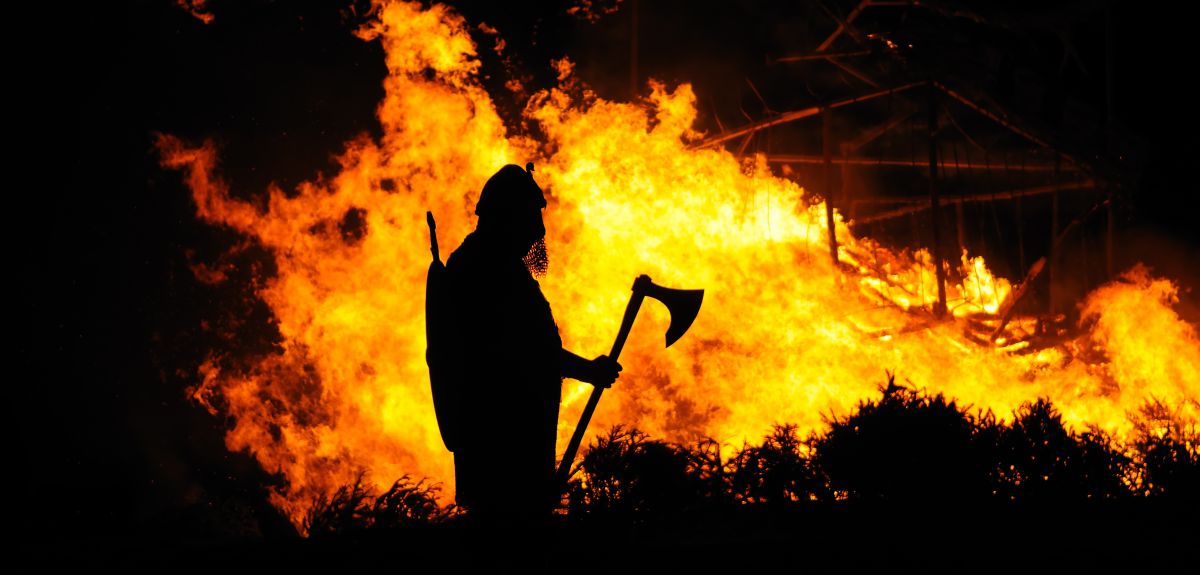
It was normal in Norse times to cremate the deceased body before a land or sea burial, a practise that had significant reach to their afterlife. By cremating their dead the Vikings believed the smoke would carry them to their rightful destination in the afterlife.
Successful cremation in Viking times required a very hot fire, hot enough to burn flesh and bone to ash, and to achieve this a pyre was required.
Pyre Funeral
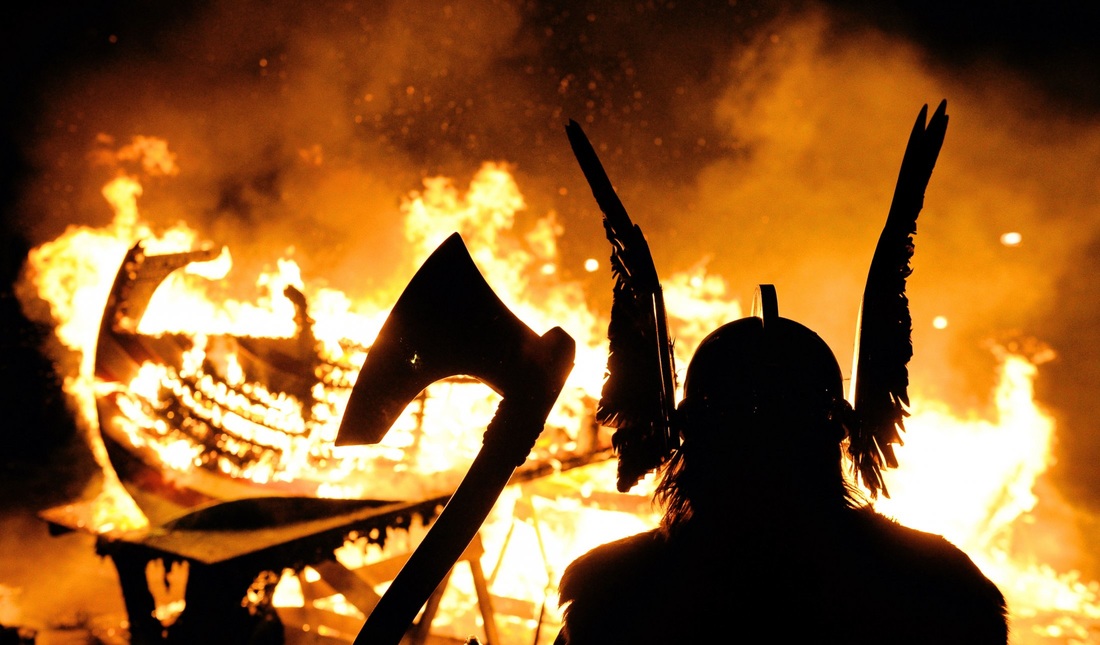
The Vikings created and used pyres to cremate their dead. Without the intense heat caused by a pyre, a normal fire would likely not burn the body completely. This could leave parts of the body remaining and is of course not desirable. Therefore the Viking uses pyre to ensure their dead were successfully cremated.
A pyre is easily described as a large volume of wood, or a construction of wood that the body is laid upon. The construction of such pyres could take hours to build, necessary to ensure the heat was located in such a way that the body would burn effectively.
Burial Funeral
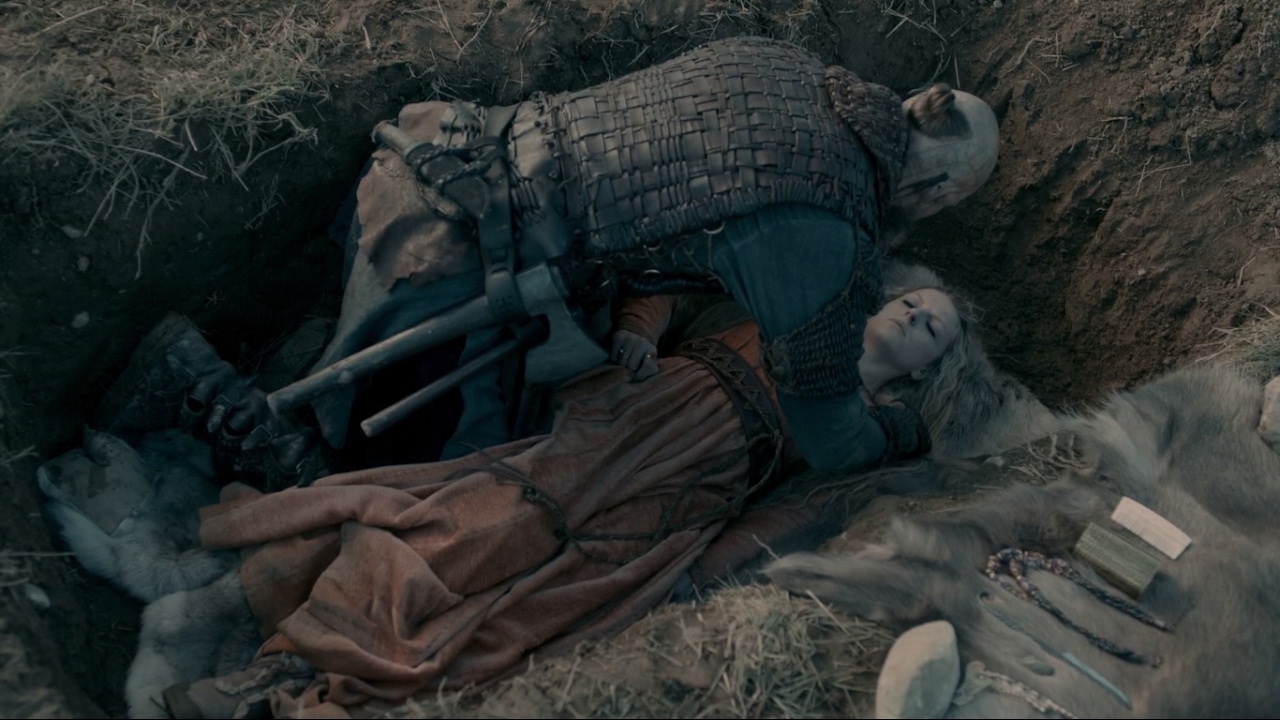
When it comes to the burial, the Vikings would bury the ashes of their dead in graves or even under piles of rocks. Goods and belongings would be buried with the deceased, suitable to match their life.
Viking graveyards were even common, with certain settlements and groups keeping all their dead in one location. There are even large stone ships structures in Scandinavia to allow the dead to sail even without a sea burial.
Burial On Ship
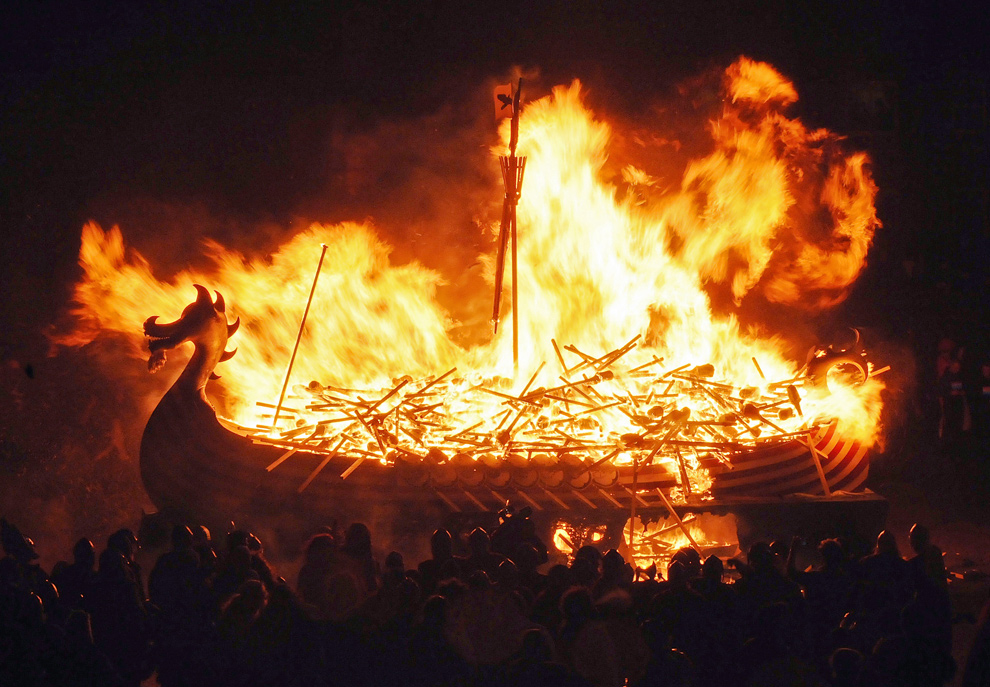
Another kind of burial was for the Vikings to sail their dead out to sea. The lore of this practise often involves the burning of the ship before the dead are cast out. However in practise it's believed that this was not always the case, with many believing the body to be cremated before the ship was sailed. Either way it was common for the dead’s goods to travel with them out into the water.
The Belief That There Was Life After Death Made Them Fearless Of Death
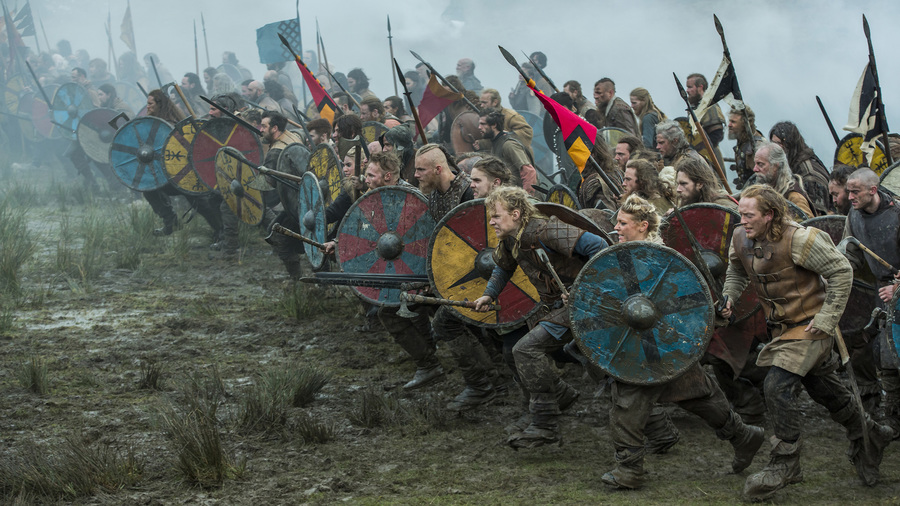
In Norse mythology it is believed and alluded too, in many texts that the afterlife you reached would depend on how you lived your life. The Vikings believed that the brave warriors who fell in battle would reap the most reward in the afterlife. This belief in many ways freed the Vikings to walk into battle with no fear and this would be the goal for many Viking in death. If you weren’t a warrior then of course you still had an opportunity for an afterlife as well.
Valhalla Is An Nordic Equivalent Of Heaven
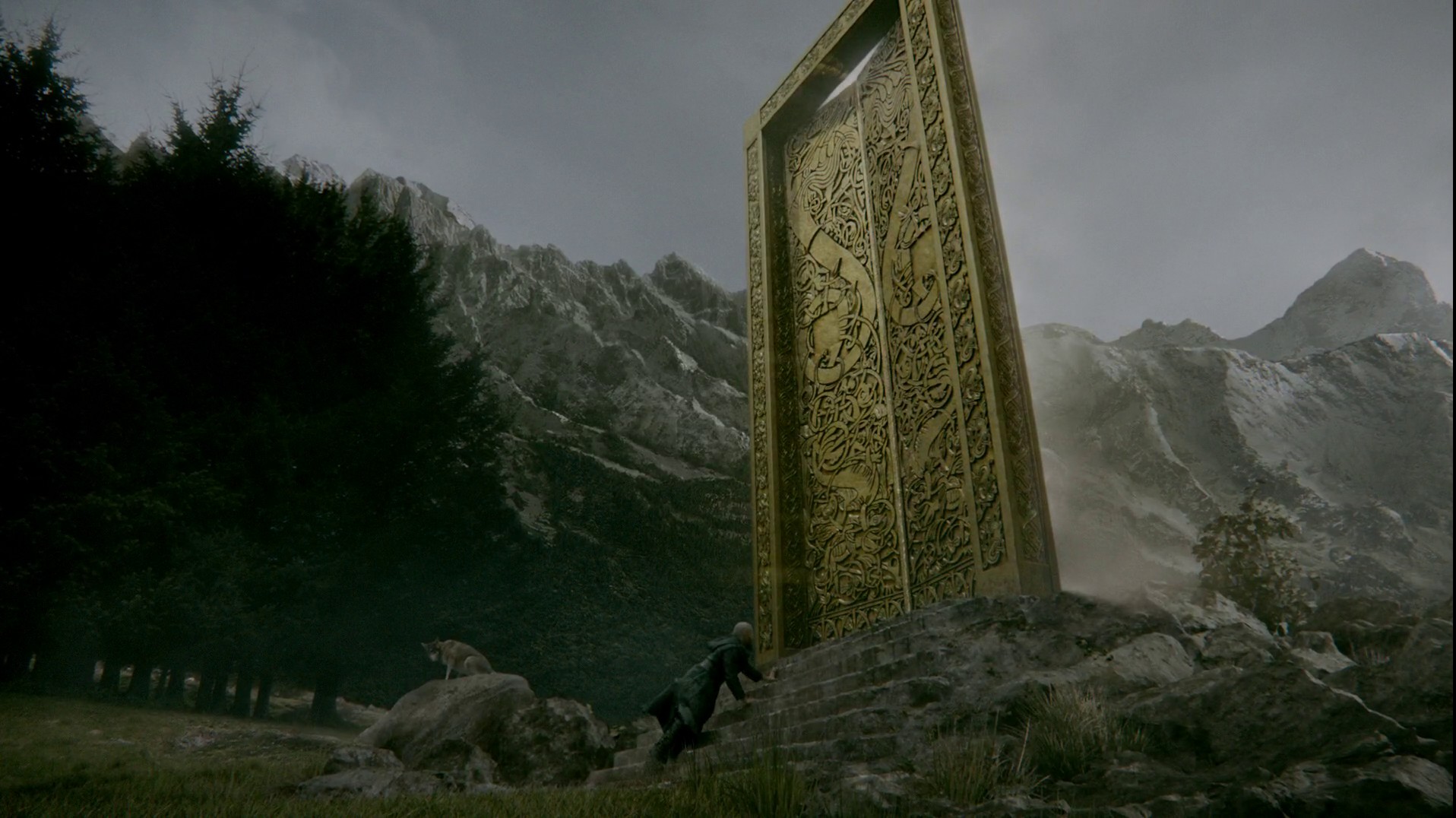
Valhalla was the hall situated in Asgard the realm of the gods, and Odin’s home. It’s often reported that Valhalla was a place for only warriors to go to, if you fell in battle as a brave warrior then entry to Valhalla would be granted to you.
While Helheim Is An Nordic Equivalent Of Hell
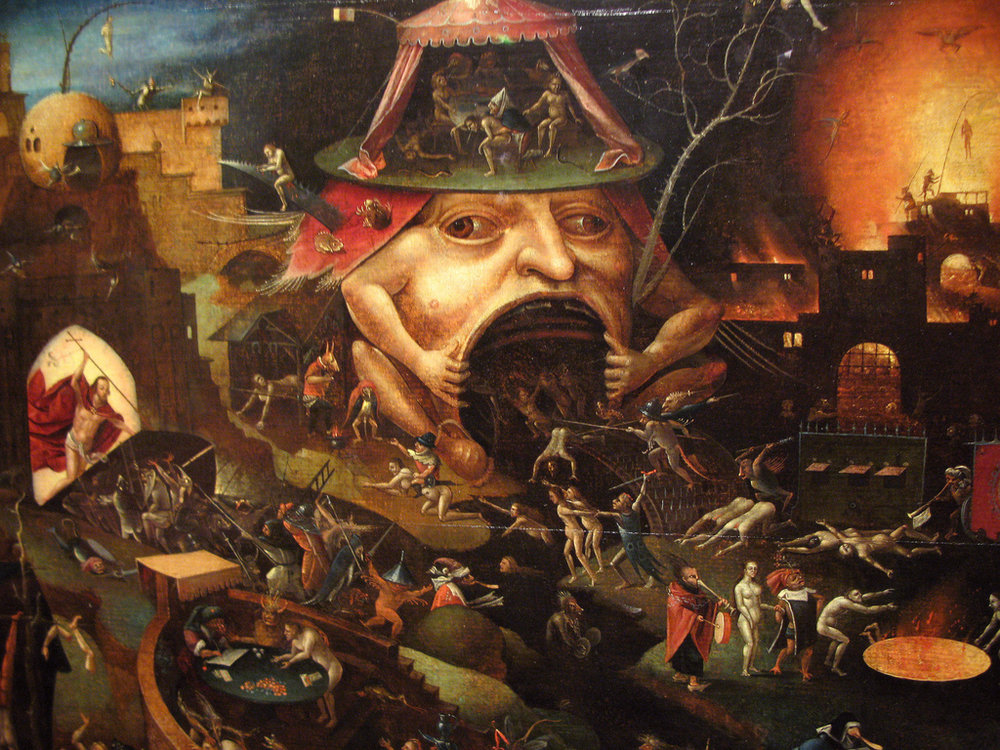
Helheim was possibly the worst outcome for a Norse person in the afterlife. Helheim was cold and dark, ruled by the Goddess Hel, it was reserved for those Norse folk who died in a dishonourable way. This could be from laziness, old age, for example to die in your bed. In Viking times, dying in a brave way was definitely the most honourable.
The Funeral Was Followed By A Celebrations
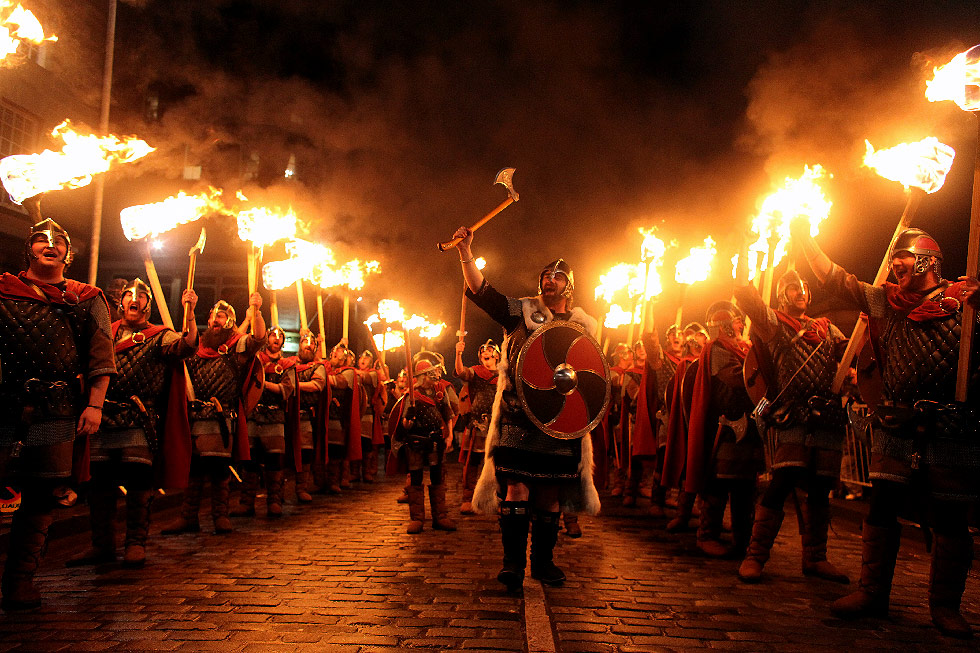
Funeral celebrations occurred in old Norse society, but the Vikings would wait for seven days before celebration. This day would be marked with the drinking of ale, which signified the passing of any property from the deceased. After this celebration the heir would truly claim their inheritance.
Death is a part of life, nobody can defy death. Atheists believe that it’s the end while some optimistic cultures believe that It is not the destination or the end, that your deeds lead you to either Valhalla or Helheim(Heaven or Hell) for the afterlife.
Popular Posts
Top 10 Sharpest & Deadliest Swords In History
In classic mythological movies, books and television, we’ve seen those audacious sword-wielding heroes smiting the enemi...
Augustus Perez
List of Water Deities from Different Mythologies
Water deities are the gods and goddesses who had the powers to control the elements of water and ruled over all the fresh and saltwater of the earth. Here’s a list of water deities from different mythologies.
Rishika Gupta
Winged Lion: The Terrifying Mythical Creature In Different Mythologies
A mythological creature, a winged lion dates back to ancient times. This flying lion-like creature has origins in Heraldry, Christianity, Mesopotamian, and Greek mythologies.
Ethan Stephans








